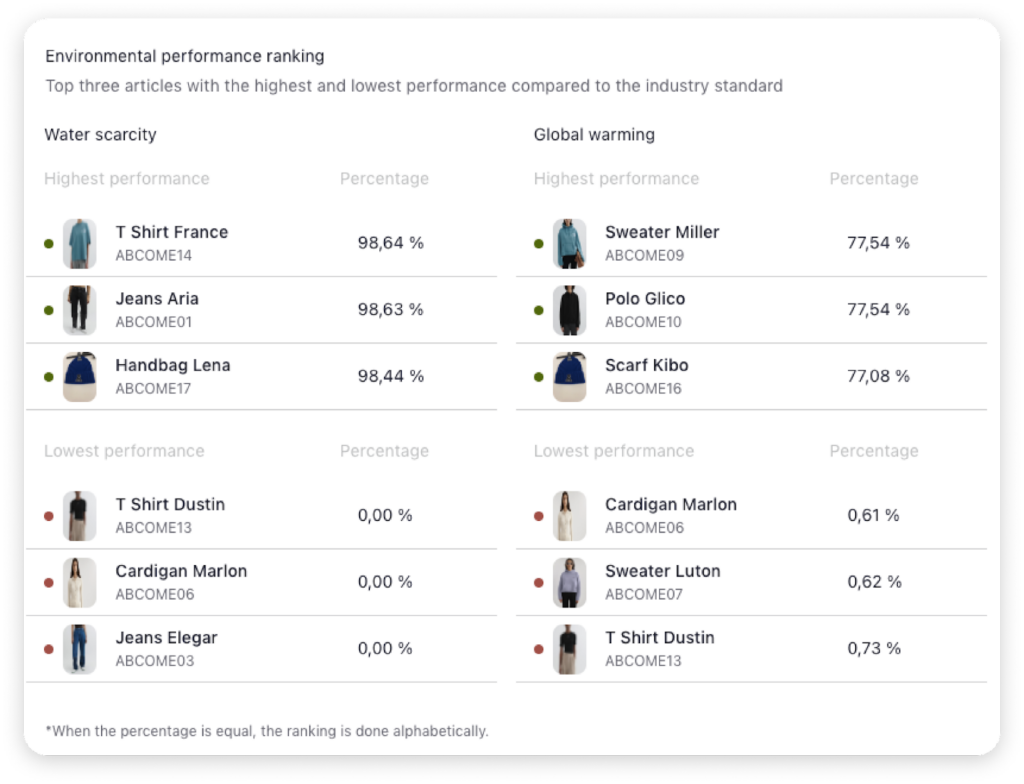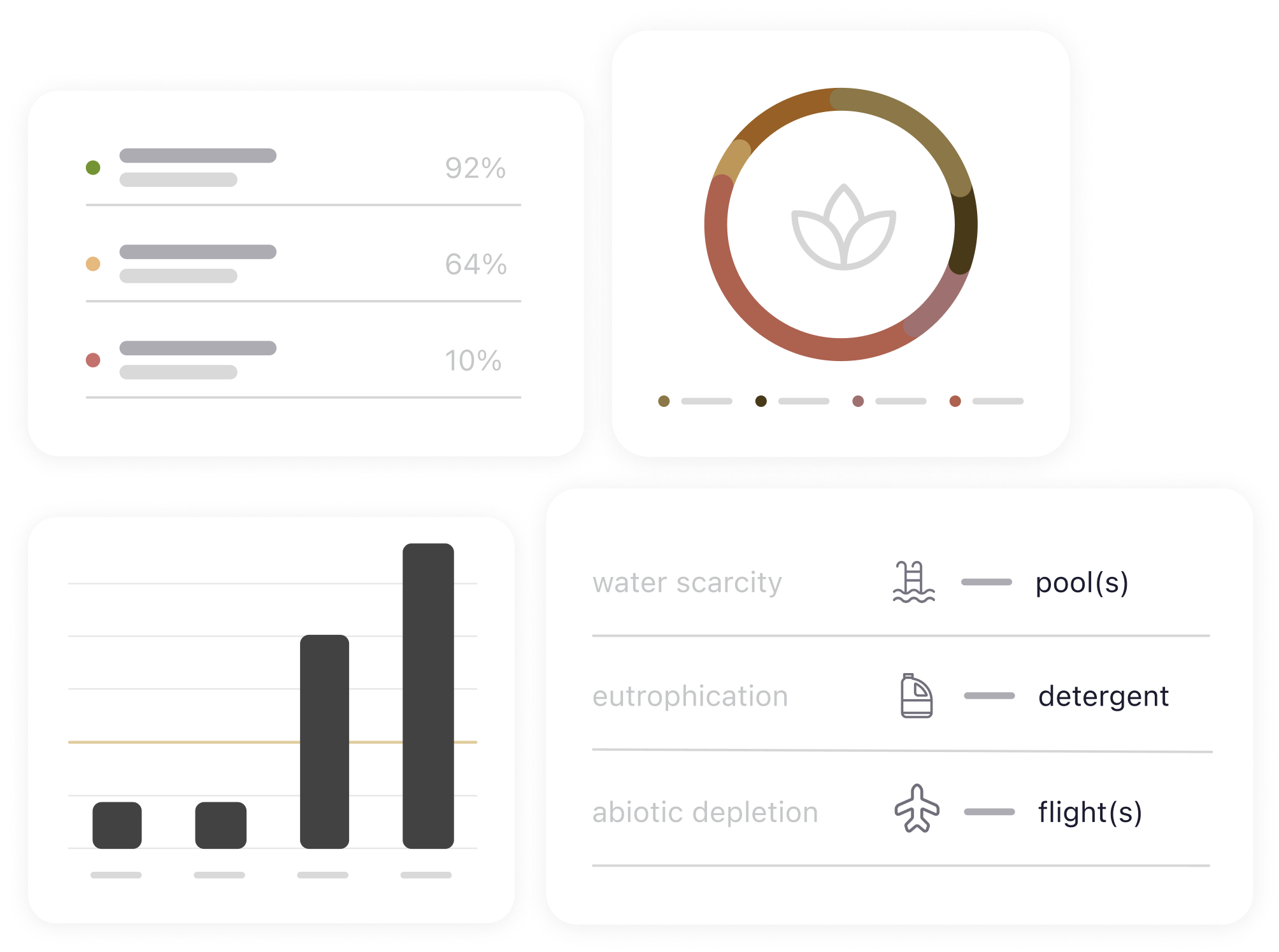Big changes are coming in fashion communication thanks to the new rules of the European Union. Marketing Managers of textile companies will have to know exactly what criteria to follow when talking about the sustainable features of their products. In this blog post, we reveal what are the requirements of the new regulation and how your fashion company can use BCome’s technological solutions to effortlessly create accurate and compliant messages with the EU Green Claims Directive.
The Green Claims Directive establishes specific requirements when it comes to substantiating the communication of environmental information
More and more fashion brands are disclosing features that claim to be sustainable without showing any evidence to the final customer. In order to address the greenwashing problem, last March the European Union finally adopted the proposal for a Green Claims Directive, an initiative aimed at regulating messages made by companies. This directive establishes specific requirements when it comes to substantiating the communication of environmental information.
Time to substantiate your sustainability claims
The EU Green Claims Directive requires companies to carry out a comprehensive assessment to substantiate explicit environmental claims. This assessment must be based on recognized scientific evidence and accurate information, taking into account relevant international standards. In addition, such an analysis is also required to consider the entire life cycle of the product, ensuring that significant aspects and impacts are addressed.
This implies that when communicating the impacts of an item, these must have been calculated taking into account all the stages of its value chain, that is, through an environmental evaluation that covers the entire product, such as a Life Cycle Assessment.
BCome’s technology guarantees the execution of rigorous LCAs that allow you to have environmental impact data for each of your products throughout their supply chain. In this way, you will be able to create accurate claims that reflect the reality of the entire life cycle of your products or of specific stages of the chain.

Make robust and provable comparisons
The Green Claims Directive also sets requirements when making comparative claims. When communicating environmental benefits, brands must use information and data equivalent to that used for comparison. All products compared must have the same coverage at all stages of the value chain.
Additionally, if a fashion brand claims an environmental impact improvement compared to previous versions of its products, it must state both the impact of the improvement and the baseline year. This requirement ensures transparency and accountability in the assessment of environmental progress over time.
If you want to confirm that your products have a sustainable performance above the market average, you can do so thanks to the LCA benchmark tool offered by BCome. We have built a standard scenario against which to compare the impact of your products, in this way you will know the savings of each of your items and discover which ones have a better environmental performance compared to the industry standard.

Communicate assessed and significant impacts
When making explicit environmental claims, textile companies should only focus on impacts that have been assessed and are identified as significant to the product. This ensures that the claims are credible and relevant to consumers.
In addition, the directive specifies that if a message relates to the use phase of the product, the company must include information on how consumers can use this item appropriately to reduce environmental impacts.
In case the claim is linked to the future environmental performance of the product, the message must reflect the clear commitment to make improvements in the value chain within a specific timeframe. By setting goals, fashion brands can show their commitment to sustainability and track their progress effectively.
Having customized reports that adapt to your specific needs will allow you to periodically evaluate the progress towards the defined objectives. At BCome we offer you ad-hoc reports so that you can communicate your goals and the status of their achievement.
Textile companies should only focus on impacts that have been assessed and are identified as significant to the product
Approach your messages from transparency
In order to comply with the Green Claims Directive, it’s essential to avoid misinterpretation when communicating sustainability claims. To achieve this, it is important to support your messages with data that substantiates your communication. By providing impact figures, you will improve the accuracy and transparency of your messages, guaranteeing the credibility of your statements.
The labeling or e-commerce integration offered by BCome allows you to directly share relevant data with your end customers to support the information disclosed in each of your products. This is the case of Thinking MU, which uses data as a transparency tool to beat greenwashing.
The EU Green Claims Directive presents a significant opportunity for the fashion industry to improve its sustainable performance. By following the substantiation and communication requirements established in the regulation, fashion brands will be able to improve the trust that their consumers place in them.
From BCome we want to make it easy for you to comply with this regulation. As well as offering a technological solution, our communication experts will supervise your messages to ensure that your claims aren’t unintentionally greenwashed and that they comply with legislative requirements.
We’ll shortly reveal the date of the 2nd Webinar for the Future of Fashion: Communicating in Compliance with Green Claims Directive. Follow us closely so you don’t miss anything of what we are preparing and don’t hesitate to request a demo if you prefer to experience first-hand everything that our platform can offer you to comply with this directive.









